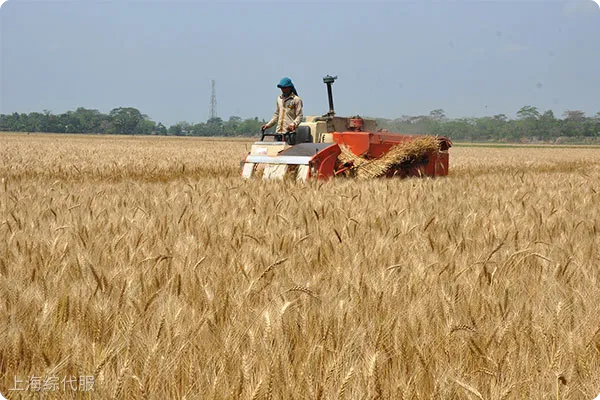As countries in the south of the world gradually tend to import wheat from Russia rather than Europe, the international food market is undergoing a significant supply chain and geopolitical restructuring.U.S. Department of Agriculture (USDA)s latest data forecasts show that Russias grain exports in the agricultural year 2023-2024 will reach 52 million tons, a record high, highlighting Russian wheats competitiveness in the global market.
The increase in exports was further boosted on the basis of Russia’s 47.5 million tons of wheat exports for the period 2022-2023. In comparison, the EU’s wheat exports are expected to decrease to 34.5 million tons over the same period, down by 2 million tons from the previous year’s forecast.
This change is evident in the African and Middle Eastern markets, which have traditionally been the main markets for wheat in Europe. For example, data from the first seven months of 2023-2024 showed that the EU’s wheat exports to North African countries fell by 25% compared to that, while exports to the Middle East actually fell by more than 60%.
Factors affecting this trend are complex. On the one hand, governments in the Southern Hemisphere have politically chosen to stay at a distance from the West and tend to support China-Russia positions, which have to a certain extent influenced their import decisions. For example, Saudi Arabia and Algeria, two of the major markets for European wheat imports, have now shifted their dominant market share to Russia. Saudi’s Global Food Safety Authority (GFSA) and Algeria’s Food Specialist Office have begun importing large amounts of Russian wheat, putting European traders in trouble.
In addition, this shift also reflects Russia’s advantages in pricing and supply chain management. Due to economic sanctions imposed by Western countries on Russia, Russian wheat exporters offer more competitive prices, attracting price-sensitive markets.
At the same time, the latest forecast data on global wheat production also revealed some challenges. Although the U.S. Department of Agriculture has raised its forecast for global wheat production for 2023-2024 to 7,874 billion tons, this figure remains below the estimate of global wheat consumption, which is expected to grow to 800 billion tons. This suggests that global wheat supply may still be under pressure in the coming period, especially in countries in the Southern Hemisphere where consumption is growing rapidly.
Overall, as the world’s southern countries gradually shift to Russia as a major wheat supplier, the competitive pattern of the international wheat market and supply chain dynamics are undergoing significant changes. This not only affects the food security and economic interests of countries, but may also trigger chain reactions in broader international political and economic relations. For European wheat exporters, this is a time for re-evaluating market strategies and looking for new competitive advantages.



 Follow customer service WeChat
Follow customer service WeChat